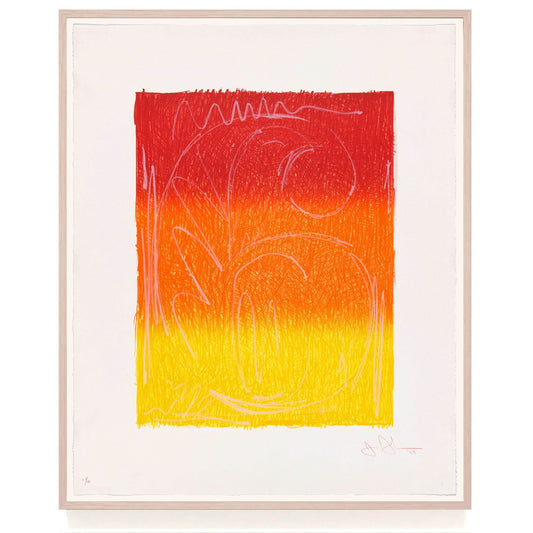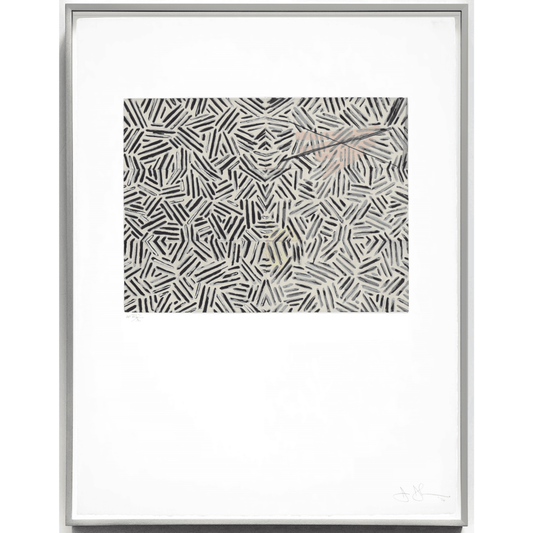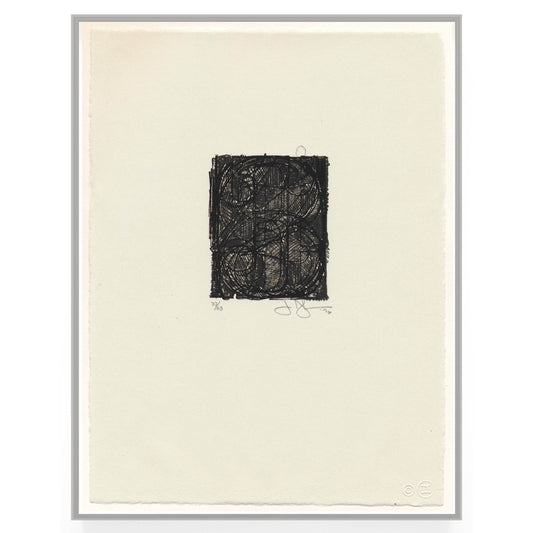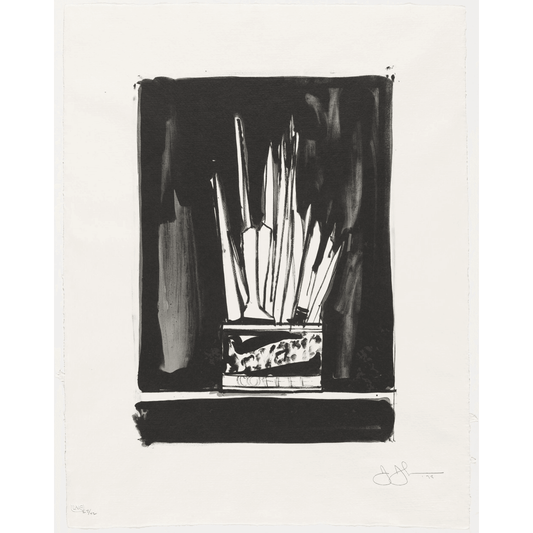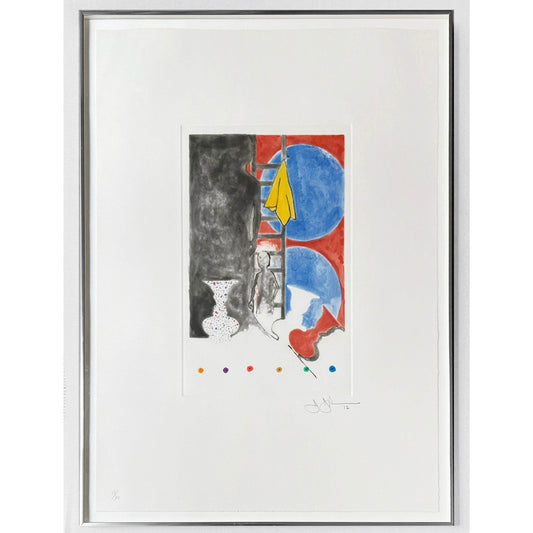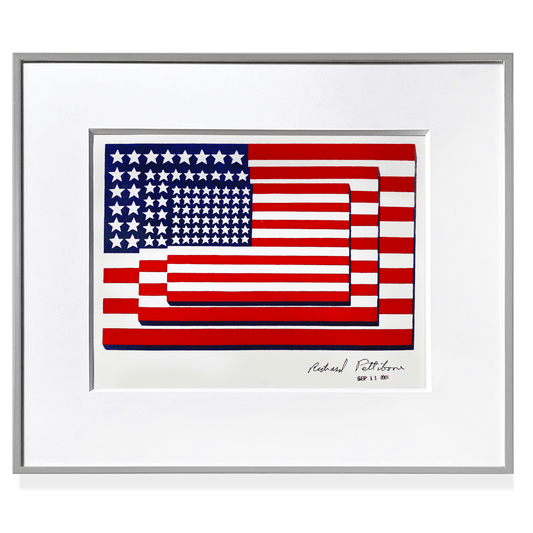
The Observer’s Misguided Print Market Clickbait
Share
The Observer’s June 4, 2025 headline—How Gen Z and Prints Are Reshaping the Art Market’s Future—reads more like a press release than a thoughtful, objective guide for aspiring print collectors. For newcomers navigating the complex world of limited edition prints, this article is more misleading than helpful.
Encouraging inexperienced collectors to buy prints by Picasso, Rembrandt, Goya, Dürer, Warhol and Hockney is not only reckless—it’s irresponsible. Acquiring original, collectible prints by these artists is no simple task in 2025. The supply is tight, prices are high and identifying authentic impressions from reproductions or posthumous editions requires patience, expertise and due diligence.
Buying collectible prints demands a trained eye, rigorous provenance checks and precise condition evaluation—none of which is explained in the article.
Collectors who want meaningful art collections should buy the book before buying any print.
A sound foundation in printmaking techniques, market dynamics and artist-specific nuances can prevent costly mistakes.
The article glosses over a harsh reality: if a novice collector were to follow the shared advice, there’s a strong chance they’d end up purchasing a worthless reproduction or posthumous edition-NON collectible works with minimal market value.
Even the market data presented is vague and superficial. While the author claims that 82% of IFPDA exhibitors exceeded sales expectations at the 2025 Armory Fair. up from 81%, we are left guessing which artists are driving volume. No specific data is disclosed that shows gross market print sales or specifics supporting the surge in under $50K print purchases.
The author’s section on edition size is superficial and misleading. A print with an published edition of fewer than 50 impressions is not inherently more valuable than a print with an edition size of 75, 100 or even 200 impressions. That’s simply not true. Edition size alone does not determine value. The artist, aesthetics, creation date and quality of the impression along with condition are far more important. Novice collectors frequently make the mistake of buying the cheapest edition, only to learn the purchased work has major condition flaws that were overlooked and the purchased print will always have appreciation impediments.
Most troubling, however, is the lack of transparency. The author, Jenny Gibbs, fails to disclose that she is the Executive Director of both the IFPDA and the IFPDA Foundation—despite heavily promoting the organization throughout the article. While her biography includes her IFPDA association, the article avoids disclosure. This is a clear conflict of interest. Quoting the IFPDA ethics code as a seal of approval is self-serving and does not replace independent expertise, critical evaluation or market literacy.
Finally, the article tries to have it both ways—touting Gen Z’s emotional connection to art while simultaneously pushing $50,000 “investment-grade” prints. So, which is it? Emotional value or financial upside? This kind of contradiction confuses rather than educates.
A more responsible approach would be to arm print collectors with the tools they need: research, mentorship, and historical market awareness—not promoting a static list of blue-chip artists as a “safe” entry point for buying prints.
Joseph K. Levene Fine Art, Ltd., an Internationally recognized Jasper Johns and Andy Warhol authority and Fine Art Advisory, has three decades multifaceted fine art experience and perspective as art dealer, online gallery, fine art executive and art collector. Backed by Joseph K. Levene Fine Art, Ltd.'s expertise and reputation as a leading secondary market art dealer, every item offered and sold in the Joseph K. Levene Fine Art, Ltd. Store is guaranteed for authenticity and condition.
All Fine Art offered and sold by Joseph K. Levene Fine Art, Ltd. is Guaranteed Authentic.
JOSEPH K. LEVENE FINE ART, LTD.
25 Central Park W
New York, New York 10023
212-757-8012
info@josephklevenefineartltd.com


